Hi everyone! With the beautiful weather and amazing avocados for every meal, it’s good to be back on the mountain again!
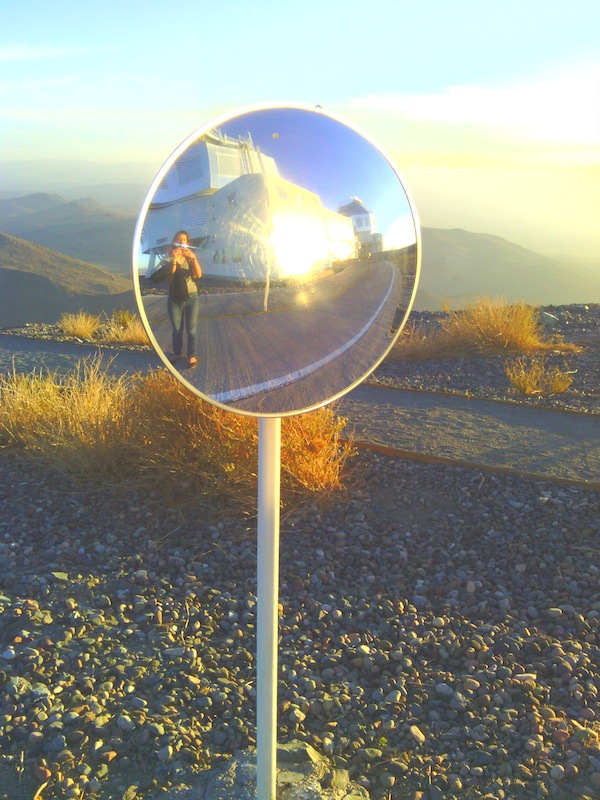
Because MagAO is now open to the public (so to speak) and we’re executing a variety of programs, I’m learning about a wide range of science projects.
Of course, there’s the “run of the mill” high-contrast imaging with VisAO. See the ring around the star in the image? That’s not a disk of material around the star; it’s a sign of a beautiful AO image. With very high-quality correction, the star’s light in concentrated into the core of the star image, leaving a “dark hole” around the star. The better the correction, the deeper the hole. Outside the hole, at the “control radius,” is a ring of small uncorrectable residuals. They look really prominent here because of the stretch, but they’re actually incredibly faint. At the right edge of the picture is a faint reflection, or ghost, of the star; you can see how tight the core of the star image is and how very faint the ring is by comparison. As Laird put it, “We get better quality on our ghost than most people do on their images!”
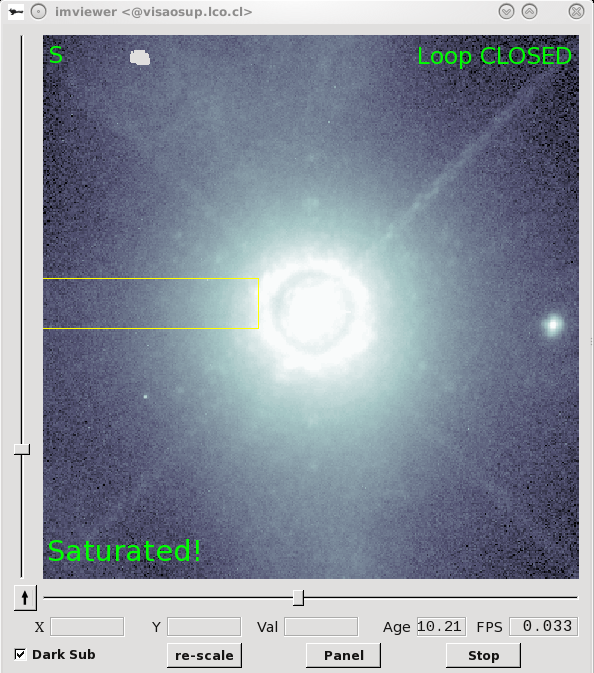
Switching gears, we also took wide-field images taken of stars toward the “bulge” in the central regions of the Milky Way. After spending so much time taking really sensitive images of single star systems, I’d forgotten Clio could take images like the one below! Subo, Ping, and Jen are following up “microlensing” target hosts with these data. Microlensing is a sweet technique for indirectly detecting planets around other stars. The gravitational pull of a massive object like a star or planet can actually bend light passing by it, creating an effect similar to how a glass lens bends light that passes through it. An everyday magnifying glass uses this bending of light to magnify objects. In the same way, a “gravitational lens” can magnify objects behind it via the gravitational bending of light. So if a planet and star just happen to pass in front of a more distant star, they will briefly magnify the light of the distant star in a particular way that astronomers can use to measure the mass of the planet – pretty wild! High-resultion imaging helps to constrain the planet models, so we followed up several different planet candidates as part of this program.
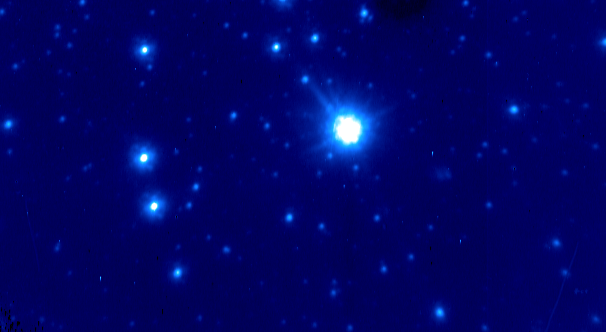
AO was running very smoothly for most of the night tonight under Katie’s watchful eye (the screen saver went on several times because nothing needed adjusting for so long!). We also had our first guest AO operator tonight. Dave Osip stopped by for a while to check in, and we roped him into operating for a while. It’s a good sign for the usability of the system if we can start having guest operators – thanks to the AO team for all the user interface and hardware reliability improvements!
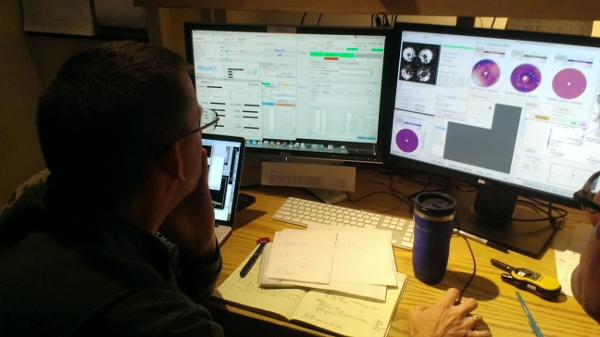
And, of course, I went wildlife watching. From the control room window at dawn I saw a couple vizzies hopping on the rocks below.
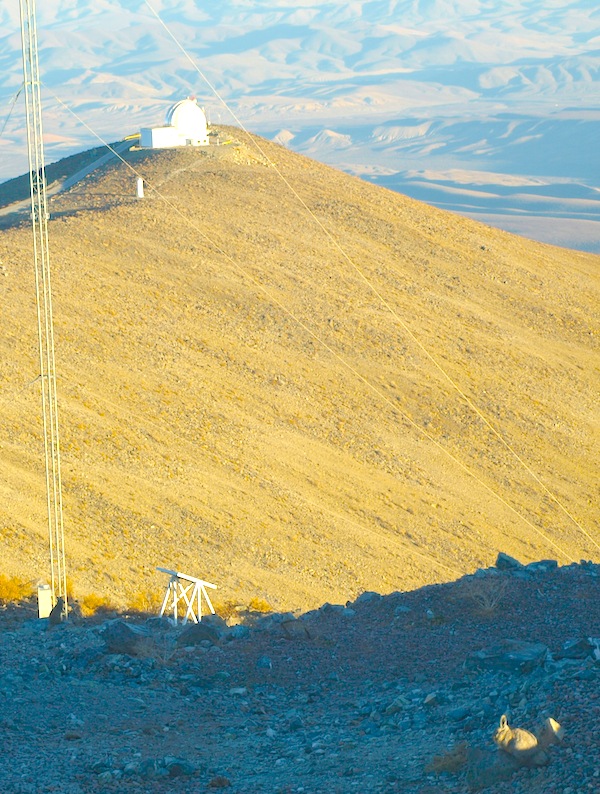
And I’ll leave you with a very serious analysis of the vastness of the universe in song form. Including, perhaps, a postulate on multiverse theory: